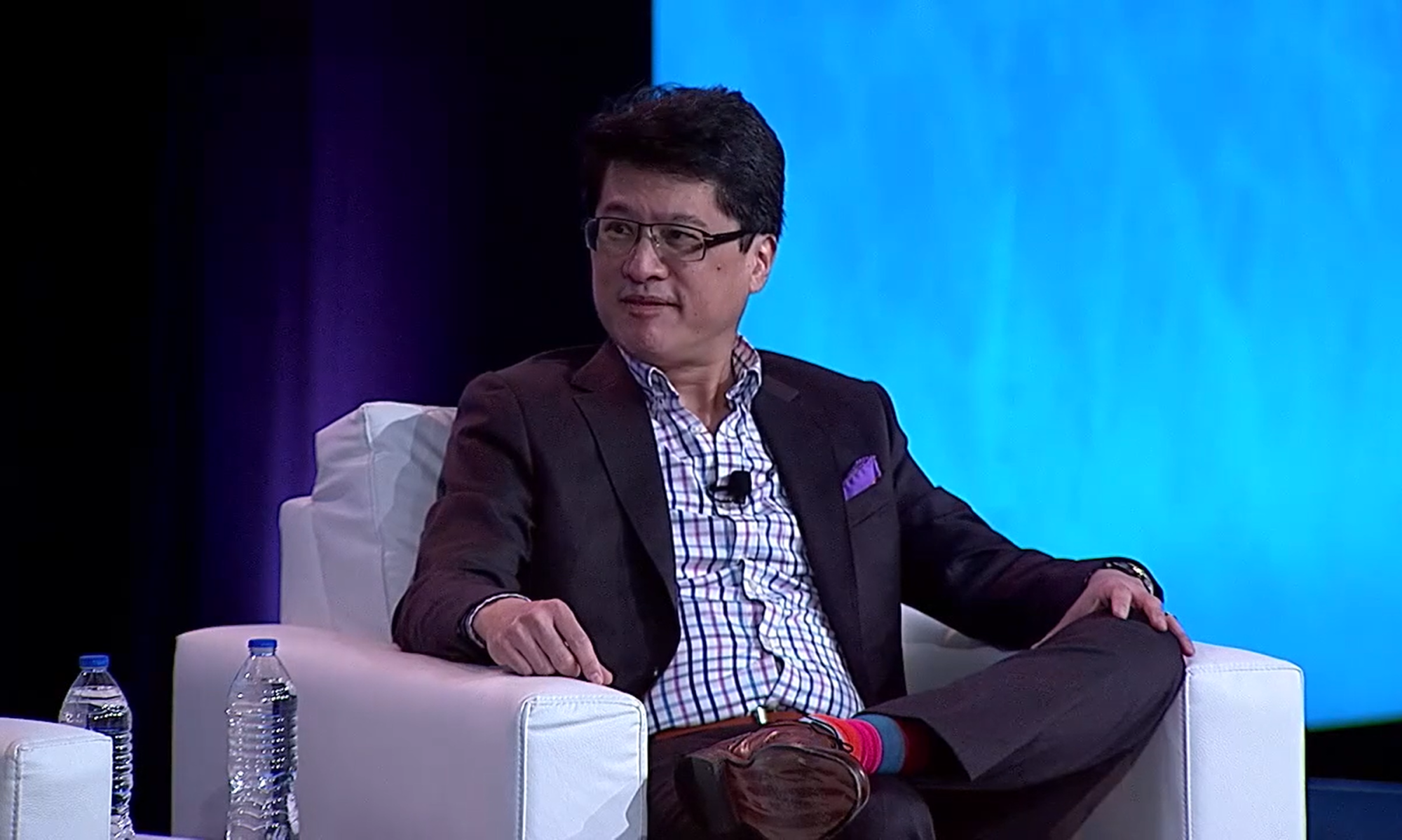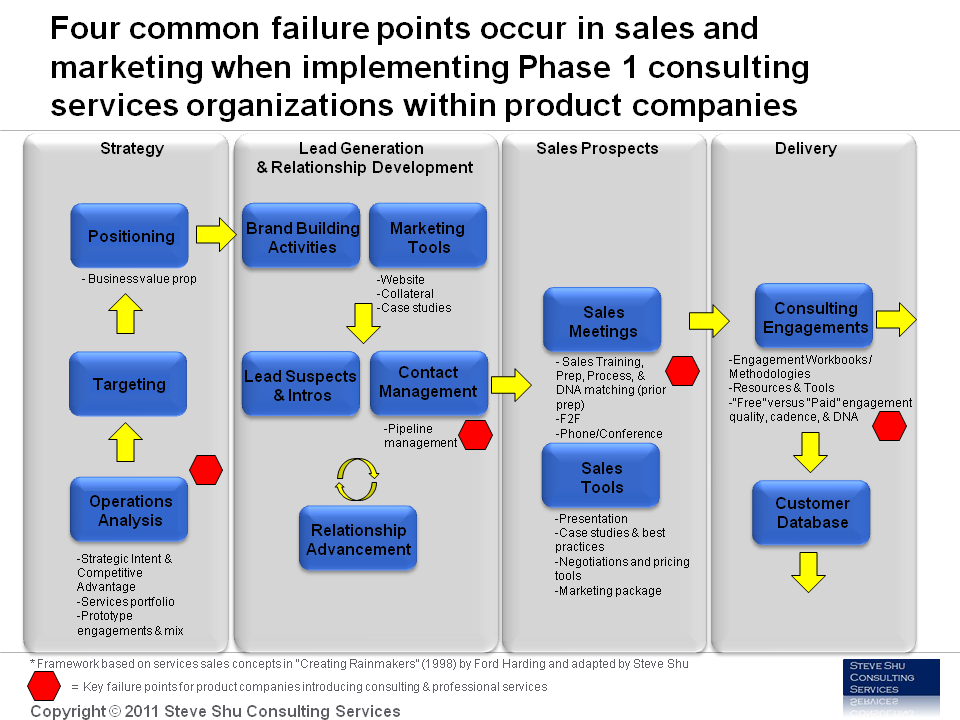I recently ran into a short video by the New South Wales government which does a great job of introducing the notion of behavioral insights and application in the governmental space. Although still early, behavioral insights and the application of behavioral economics principles have been going global in the public policy space. At some point in the future we will see a wave build in the private sector – the value proposition for getting smart about behavioral science is compelling. On the one hand, impacts can be large and returns can easily exceed 10X (see 22X cost savings for UK Nudge Unit). One the other hand, possibilities for competitive differentiation and new products seem limitless. For example, Opower tapped into a great market using software-as-a-service and a behavioral efficiency model for saving energy. Companies like Idomoo present companies with an opportunity to tap into behavior change using massively-automated and personalized videos.
But how do organizations get from here to there in the behavioral economics space? How will the wave build? The New South Wales government video really made me think about the gap in organizational knowledge about capitalizing on behavioral economics. It’s an opportunity. While some companies may be very sophisticated in their approach with behavioral economics, the broader industry is barely conscious of the power of behavioral economics (perhaps Behavioral Economics World 0.2 or 0.3) let alone able to reap large returns from it. How do we get to a Behavioral Economics World 1.0 or 2.0?
The UK Nudge Unit has a noteworthy approach. It is a consulting-like and scientific approach that essentially includes customized analysis and design, plus scientific testing and iteration.
As another example, when I was working with Allscripts we had more of a strategic, business unit approach. We took data we gathered in one market, build insights on top, and then tried to line up incentives and behavior change in complementary markets via offerings in a standalone business unit.
Yet as another example, at Allianz Global Investors we took another approach by setting up a Center for Behavioral Finance with a Chief Behavioral Economist and then establishing a number of initiatives within the Center to provide thought leadership and support the larger business.
Each of these routes is suited for different situations. For other organizations in general, I think it’s important to try and assess what the opportunity is, determine a strategy for moving forward, audit where you are and identify the gaps, and then design and execute on an operating model. Execution of the operating model could include building a behavioral team, outsourcing, augmenting, or partnering.
So to jumpstart your organization’s thinking on how to become a leader in applying behavioral economics, consider the following types of questions:
- Opportunity Assessment
- Where do we get ideas from now?
- How should we get new ideas related to behavioral economics?
- How might we change the game?
- What’s the potential opportunity?
- How can we test new ideas related to behavioral economics?
- Strategy Development
- What’s going on in the market?
- What blue sky opportunities should we focus on?
- What will our approach be with customers?
- How will we competitively position ourselves?
- What will the output of our efforts look like and how will we distribute?
- How will we know when we are successful?
- Audit and Gap Analysis
- Where are we at and how can we get smarter about developing ideas based on behavioral economics?
- To what extent do we know how to design and test behavioral solutions?
- How can we develop the organizational fortitude to succeed?
- Operating Model Development
- What should a multi-year plan for the behavioral initiative look like?
- What should our behavioral insights team look like?
- To what extent should we build, outsource, augment, or partner for our team?
- How should we incubate the initiative?
Please feel free to share your thoughts on other behavioral insights initiatives and teams, organizations implementing them, organizations not implementing but interested, who’s doing things right or not, unique approaches, new startups, etc.


